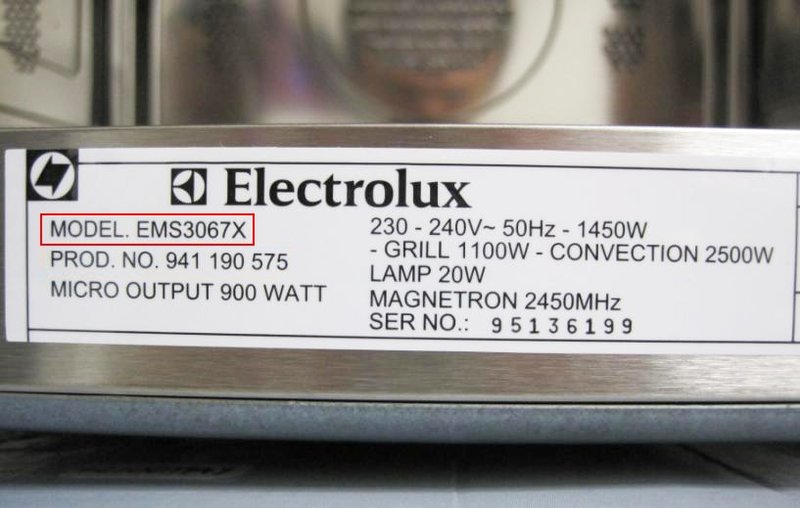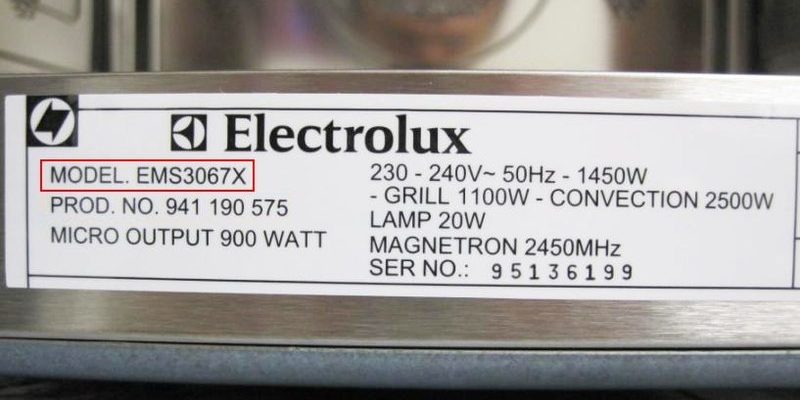
When it’s about your kitchen—a place where appliances live and breathe every day—knowing what kind of safety net you have is important. Electrolux, a big name in home appliances, offers warranties that can save you a bundle if something fizzles out. But the fine print matters. Let’s talk about what really happens if you want to register a used Electrolux appliance, how the warranty process works, and what routes you might have if you’re not the original owner.
How Electrolux Appliance Warranties Work
Here’s the thing: most major brands, including Electrolux, put warranties in place as a promise to the first buyer. Think of it like an insurance policy tied to the original sale. When you pick up a shiny new Electrolux dishwasher, that product usually comes with a manufacturer’s warranty—often covering parts and labor for a set number of years.
But here’s where it gets a bit tricky. These warranties are usually non-transferable. This means if you buy a used Electrolux appliance—from a friend, an online marketplace, or even a secondhand store—the warranty protection often doesn’t follow the appliance to your home. The “membership” stays with the first owner.
That said, every so often, you’ll hear about exceptions. Maybe a store or seller tossed in an extended warranty or a “transferable” plan. But for the core, manufacturer warranty from Electrolux, expect it to cover only the original purchaser—unless the paperwork or policy says otherwise. Always double-check the fine print!
Registering Your Used Electrolux Appliance: Is It Even Possible?
You might be wondering, “What if I just register the used appliance in my name—will that give me coverage?” It sounds like a clever workaround, but sadly, it’s not that simple. When you try to register a used Electrolux appliance, the system usually asks for proof of purchase. That proof typically needs to be from an authorized dealer—or the original receipt in the name of the first buyer.
Trying to register with a secondhand receipt or no paperwork at all? Most of the time, you’ll hit a wall. Electrolux uses the registration process to confirm who the initial buyer was, when the purchase happened, and where it was bought. This info helps them determine the warranty’s start date and who it actually covers.
Now, there’s no harm in registering your product online—even as a secondhand owner. Sometimes, registering can help you get manuals, safety updates, or customer service, but don’t expect it to magically activate the original warranty protection. For that, original purchase documentation is usually required.
OEM vs. Extended and Third-Party Warranties
Let me explain the difference here because it matters if you’re banking on warranty coverage for a used appliance. The OEM warranty—original equipment manufacturer, in this case, Electrolux—almost always sticks to the first buyer. That’s their official policy.
However, extended warranties sold through retailers or third-party companies sometimes work differently. Some protection plans, bought separately from places like Amazon, Best Buy, or appliance-specific retailers, can be transferable. But—and it’s a big but—you need to verify this when you buy the plan. There’s usually a process for transferring the coverage, which might involve paperwork, a fee, or even an inspection of the appliance.
If you’re buying used, ask the seller:
- Was there an extended warranty or extra protection added at purchase?
- Is it transferable, and how does the process work?
- Can you get copies of all warranty-related documents?
Sometimes, it’s possible to continue or renew a third-party plan as a secondhand owner. Just don’t assume it’s automatic.
Common Scenarios: Buying Used Electrolux Appliances
Let’s talk about what usually happens in real life. Suppose you grab a used Electrolux stove from a neighbor. They claim it’s still under warranty, but they can’t find the receipt. Even if you call Electrolux and try to register, chances are, they’ll ask for proof of the original purchase. Without this, support options may be limited.
Or maybe you find an Electrolux fridge at a thrift store. You get a handwritten receipt—but not from an authorized dealer. Again, you’re probably out of luck for the original warranty. Manufacturers are strict; they want to see that first sale from a legitimate source.
The only real exceptions? Some people luck out and get entire warranty paperwork at the time of their secondhand purchase, complete with transfer instructions (rare, but not impossible). Always ask for the full documentation if you’re hoping to ride on any leftover warranty.
What If Your Used Electrolux Appliance Breaks?
So your hand-me-down Electrolux washing machine starts making odd noises or stops working entirely. Now what? If you’re out of warranty, you still have a few choices:
- Contact Electrolux for troubleshooting. Even if you’re not covered, their support team can sometimes offer advice, guides, or help with basic reset or sync issues.
- Check for repair codes on the display. Many Electrolux products have built-in codes or diagnostics you can use, which can save you time (and maybe money!) when you call for help.
- Look for authorized repair centers. If warranty’s off the table, it’s usually better to go with technicians who know the brand inside and out—even if you’re footing the bill yourself.
- Compare the cost of repair vs replacement. Sometimes, if an appliance is older or needs a major battery or motor replacement, it might be time to upgrade.
You might be surprised—sometimes calling customer support does lead to “goodwill” repairs or discounts, even if you’re not officially covered. It never hurts to ask!
Tips for Buying Used Kitchen Appliances Safely
Shopping secondhand can save money, but only if you’re careful. Here’s what I always recommend:
- Ask for all documentation. Receipts, manuals, warranty info—anything helps.
- Test the appliance before buying. Run it through a full cycle or function check.
- Check for local repair shops. Some brands have better support networks than others.
- Consider the age of the appliance. If it’s over 5–7 years old, warranty coverage is probably gone—and repairs may get pricey.
- Look for universal or replacement parts. Some Electrolux items have compatible parts readily available, which can make repairs easier even without warranty.
A little upfront homework can save you a ton of frustration down the road.
Alternatives to OEM Warranties: What Can You Do Instead?
If you can’t get the original Electrolux warranty to cover your used purchase, you’re not out of options. Some buyers look for appliance insurance or home warranty plans that cover old and new appliances alike, regardless of where or when you bought them. These plans often have their own rules, limits, and waiting periods, so read the terms closely.
Other folks decide to create their own “repair fund”—setting aside cash they might have spent on a warranty, so small issues can be fixed without stress. And don’t overlook the value of a good local repair tech—sometimes they can troubleshoot, reset, or pair appliances to new parts in ways even the manufacturer can’t match.
Finally, check if your credit card or retailer offered any extra protection at the time of the original sale. Some cards double the manufacturer’s warranty (although, again, this usually sticks with the first buyer).
The Bottom Line on Registering Used Electrolux Appliances
Registering used Electrolux kitchen appliances for warranty sounds easy in theory, but in practice, it’s often not possible. The company’s warranties are designed for the original purchaser, with registration and proof-of-purchase requirements locking out most secondhand buyers. While it’s always worth a shot to register (for manuals or updates), don’t hang your hopes on getting the full manufacturer’s warranty as a used buyer.
Instead, focus on smart buying, clear documentation, and local support. If coverage matters to you, ask about transferable extended warranties or consider third-party appliance insurance. And remember, even without a warranty, regular care, and a little know-how go a long way toward keeping your Electrolux favorite running strong.
If you’re eyeing that next shiny (or gently loved) Electrolux appliance, just go in with eyes wide open. Understand what’s possible, what’s not, and what your best back-up plan looks like—so your kitchen runs smoothly, no matter who bought it first.
